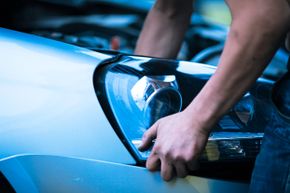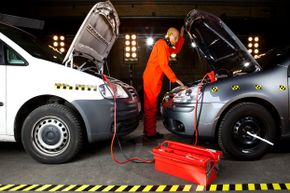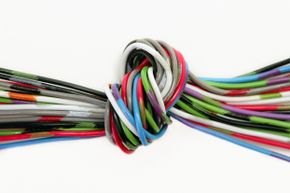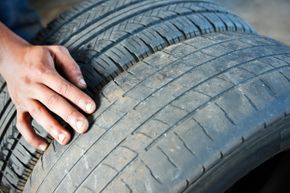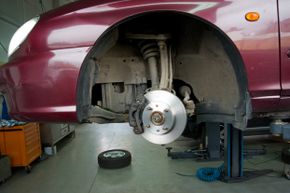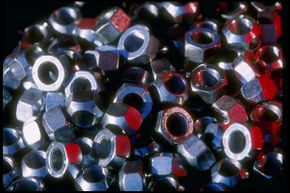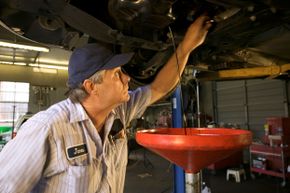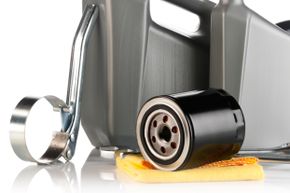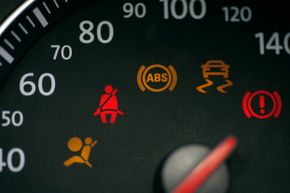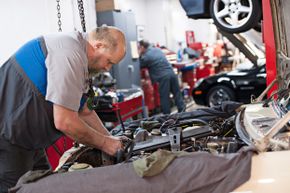When a car does what it's supposed to do, it's pretty easy to take it for granted. But things can (and do) go wrong with no notice at all. Sometimes parts fail without any kind of warning -- without a grace period that would let you know something's wrong so that you might have a chance to fix it. But let's face it; most drivers are guilty of ignoring problems with their vehicles at some point or another. And that's the first (potentially) fatal flaw. But it gets even worse when the problem is "fixed" improperly. We've compiled a list of some common car maintenance problems to watch for, whether you service your car yourself or even if you pay a pro to do it for you. And don't worry, it's fine if you choose to outsource your car care -- we won't judge.
Advertisement

